If you are reading this today, you may have arrived at the page because you are a seeker, teetering between confusion and anger, attempting to make sense of the nonsensical world of workplace bullying.
According to Davenport, Schwartz, and Elliot (1990), workplace bullying, or mobbing, as it is sometimes called, is “a malicious attempt to force a person out of the workplace through unjustified accusations, humiliation, general harassment, emotional abuse, and/or terror. It is a ‘ganging up by the leader(s)—organization, superior, co-worker, or subordinate—who rallies others into systematic and frequent ‘mob-like’ behavior… The result is always injury—physical or mental distress or illness and social misery and, most often, expulsion from the workplace” (p.40).

In an effort to provide a framework to contain the hurt of workplace abuse, I would like for you to think of workplace bullying as a play, and like all plays, it is made up of characters. The play called “Psychological Terrorism” rests on the plotlines of six archetypes, each inhabiting an essential role in the bullying process.
Momentarily, you will meet the Innovators, who think past the page of tradition in search of solutions to entrenched institutional problems. Their curiosity awakens the Dragons, who write the playbook and use gossip, manipulation, sabotage, and exclusion to enforce the rules.
Flanking the sidelines are the Shapeshifters, who in their desperate search for recognition and power do the Dragon’s biddings, and the Community Builders, whose “go along to get along” attitude and easy demeanor makes them reluctant to take creative risks and speak out against injustices. Next, you have the Figurehead, whose sense of self-worth is dependent on maintaining a steep hierarchy that shields her from wading into the muck of messy problems.
Lastly, there is the Leader. She is a unicorn, rare and seldom seen, her door is wide open, signaling her willingness to intently listen to stories of inequity and pain. She tackles abuses head-on, unwavering in her commitment to stand for the “hard right over the easy wrong” even at a high cost to herself.
As a Narrative Inquiry researcher, I have collected the stories of close to 200 victims of workplace bullying across 27 states and eight countries. Inside the victims’ stories, the same characters emerge. Though categorization can oversimplify complex phenomenons, it offers us signposts for who we are dealing with and what they might do next.
Let’s Meet The 6 Types Of Players In The Workplace Bullying:
1. Innovators
Victims of workplace abuse are most often Innovators who engage full-heartedly in the creative life, reading widely across perspectives, cultivating relationships with diverse people and ideas, and living their fluid discoveries out loud in the world. They often serve as unelected and unintentional change agents in their organizations, undeterred by rules and traditions.
Innovators are community-minded but independent, fueled by internal curiosities and a strong moral compass, as opposed to a reliance on external validations. They are energized by perspectives that challenge their own beliefs, constantly attempting to outgrow themselves. These creatives make connections across communities, research fields, and content areas. Their inclusivity and propensity to ask questions enrage the Dragon, for her power diminishes when people talk.
Innovators often become the Dragon’s target for one of three reasons: Their productivity, popularity, and expertise threaten insecure colleagues; their creative ideas challenge the “we have always done it this way” mindset of the organization; or their high ethical standards charge them to expose questionable and illegal practices that hurt the people the company is called to serve.
Related: Personal Boundaries: 9 Core Boundaries To Live By
2. Dragons
Dragons are dedicated to writing, posting, and enforcing the manual of organizational behavior and compliance. They embrace their anger and openly rage against the opposition. Dragons set the agenda as de facto leaders, elected and appointed by themselves.
Their kryptonite is Innovators who directly, and often inadvertently, challenge the code of conduct Dragons have set forth. Organizations and departments rarely include more than one Dragon, for when she meets a fire-breathing rival, a fight to the death ensues. Institutions that permit Dragons, are assured to always have one on staff, for when one Dragon exits another quickly rises to top rank, recognizing the ground fertile for her power plays.
A Dragon requires the support of underlings but sits alone atop her hierarchy. A Dragon surrounds herself with law-abiding Community Members who pose no threat and a small group of Shapeshifters she perceives as weak and easily manipulated.
When a Dragon senses an invasion, most often from an Innovator, she directs her Shapeshifters to enact her arson of gossip, manipulation, and sabotage in order to silence and discredit what she views as her competition. Shapeshifters quickly oblige for it makes them feel wanted and powerful.
Due to the underground and dark webs of implementation, Innovators are slow to recognize they are under attack, often beginning to bleed out before they discover the damage incurred to their relationships and reputations. A Dragon rarely engages in creative work, for her energies and time are directed to policing, raging, and destroying all counterarguments and comrades.
3. Shapeshifters
Shapeshifters yearn to express their ideas and creativity but lack the confidence and fortitude of Innovators. Shapeshifters’ entrenched need for power makes them ill-suited to be Community Builders, yet their insecurity and lack of charisma, take them out of the running to become Dragons. Shapeshifters are fretful to venture into new territories, for they are petrified of being excluded or alone.
The Dragon quickly recognizes Shapeshifters’ loyalty, thirst for power, and questionable standards of ethics and invites them into her lair. Inside that secret space, Shapeshifters feel important and enthusiastically train as henchmen to carry out the Dragon’s power plays. In this role, Shapeshifters constantly morph their identity as directed by the Dragon: Befriending potential allies, silencing adversaries, and launching gossip grenades at the lunch table as the Dragon looks on with pleasure.
The Dragon keeps Shapeshifters on short leashes, only allowing them to voice ideas that have been closely vetted. Shapeshifters engage in little original and creative work, for those who serve the Dragon are not permitted to play. In communities that slay the Dragon, Shapeshifters wander the desert haze, having forgotten what it means to think independently.
Related: When It’s Time To Leave Your Toxic Workplace: 5 Red Flags
4. Community Builders
Community Builders understand the hidden curriculum and abide by the established codes of conduct with welcoming acceptance. Rarely do they widen their network to include colleagues across campuses and departments, caving to the Dragon’s pressure to keep inside the group she controls. Community Builders’ cordial existence directs them to color inside the lines, pose no counter-narratives, and leave zero wake as they cruise down the calm rivers of their careers.
The Dragon loves Community Builders for their “go along to get along” attitudes pose no threat to her rules and self-imposed hierarchy. Figureheads often promote Community Builders for they can count on them to maintain the status quo and turn a blind eye to injustices in order to keep the boat steady. Community Builders are often productive and kind but lack the backbone to speak truth to wrongdoing and the curiosity to ask the hard questions that lead to transformative change.
5. Figureheads
Dragons usually report to Managers, Deans, Heads, CEOs, or Presidents who adopt the role of either a Figurehead or a Leader. Within this dynamic, the Dragon’s preferred tools of gossip, intimidation, sabotage, and exclusion are ineffective, so she relies on the battle-ax of manipulation, acting subservient to her superior, assuring the person feels important, desired, and powerful.
When Innovators are bullied, and the abuse hits a crescendo, they will often go over the Dragon’s head and seek support from the Dragon’s boss. If they meet with a Figurehead, the disappointment will be palpable.
Figureheads either immediately dismiss the concern or pretend to lend a supportive ear only to later bury the sentiment in a file folder marked “trash” as they carry on with business as usual. Figureheads tend to promote Community Builders who they can count on to smile, keep the boat afloat, and thoughtfully shove hard conversations neatly under reality’s shag rug. Figureheads are concerned with appearances but lack the fortitude to address systematic injustices torpedoed at Innovators, who are often the most creative, productive, and courageous employees in the organization.
Innovators who work for Figureheads often leave the company, frustrated by the Figurehead’s inability to engage openly and honestly about institutional issues that impede employees’ sense of belonging and psychological safety. Figureheads create steady but stagnant cultures that dull creativity, encourage compliance, and produce silence surrounding injustices.
Related: How to Stop Being an Emotionally Repressed Person: Crying Therapy
6. Leaders
By contrast, when a Leader hears the angst of an Innovator, she takes action by researching the problem, asking tough questions, and speaking truth to power in order to work for impactful change. Leaders, unlike Figureheads, earn their position by disrupting systems in search of solutions and tying their self-worth to ingenuity and progress, not their name on the door.
Leaders understand that autonomy, diverse perspectives, and dissent are powerful tools of transformation, essential for breaking through mediocrity; fighting the status quo; and creating communities that are inclusive, kind, and competitive. Leaders personally engage in creative work and make spaces that invite others to rewire the system without the roadblocks of steep hierarchies and fear of speaking out. Leaders are willing to go to bat for Innovators and value loud and messy progress over quiet compliance.
Related: The Psychology Of Toxic Leaders
Dragons cannot survive in organizations where employees have transparent, public, direct, and truthful conversations about systemic, institutional problems, so the Dragons leave and the Innovators rise, and that casting change is revelatory.
In Conclusion
Innovators ask “Why” and “What if?” Dragons are the bullies. Shapeshifters fuel the fire. Community Builders ignore the heat while smiling. Figureheads pretend there is no battle. Leaders walk into the war and stop the bullying. What roles do the characters in your organization play?
References Davenport, N., Schwartz, R. D., & Elliott, G. P. (1999). Mobbing: Emotional abuse in the American workplace. Ames, IA: Civil Society Publishing.
Written by: Dorothy Suskind, Ph.D Originally appeared on:Psyhcology Today Republished with permission



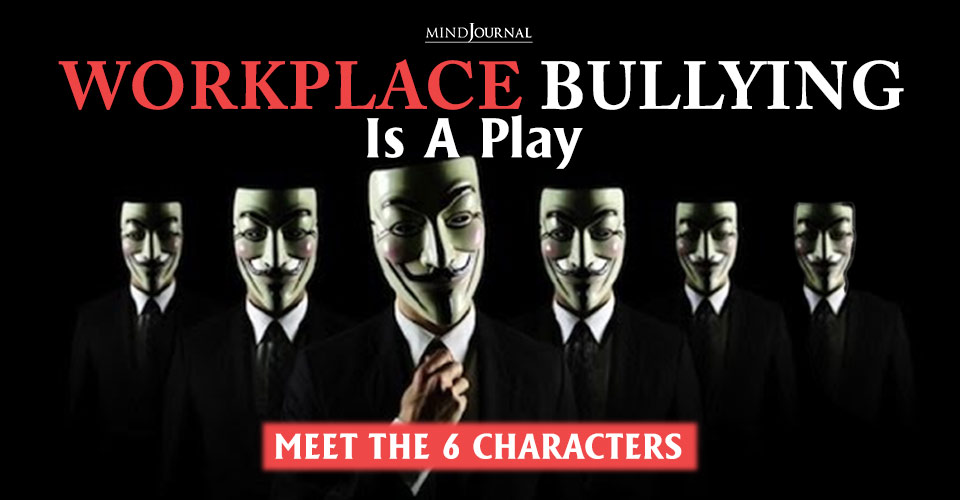
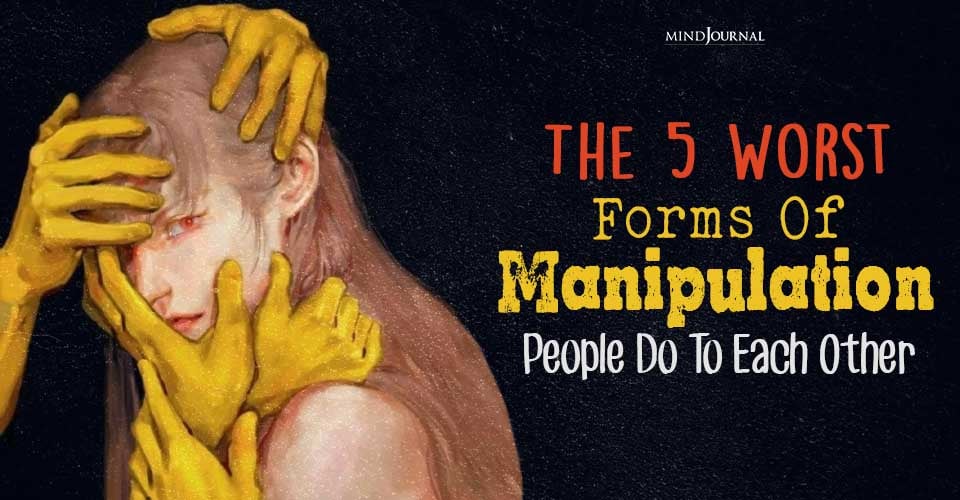
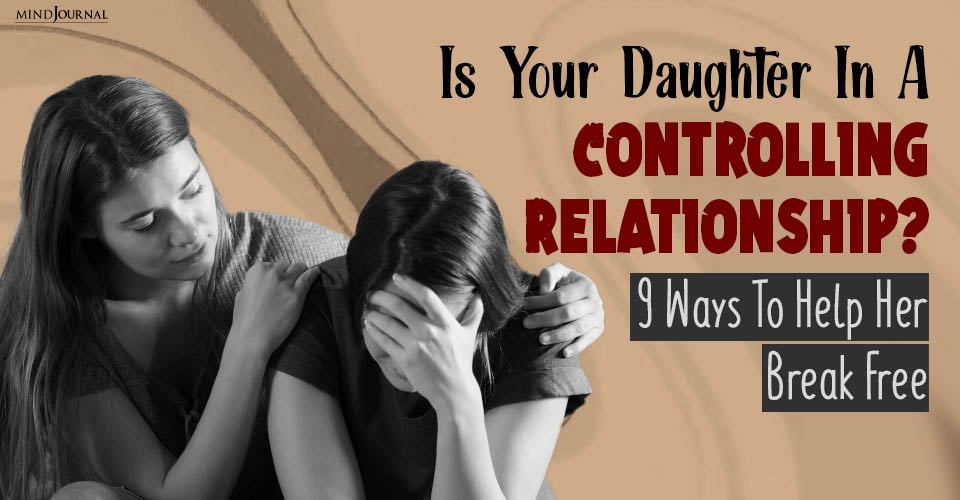

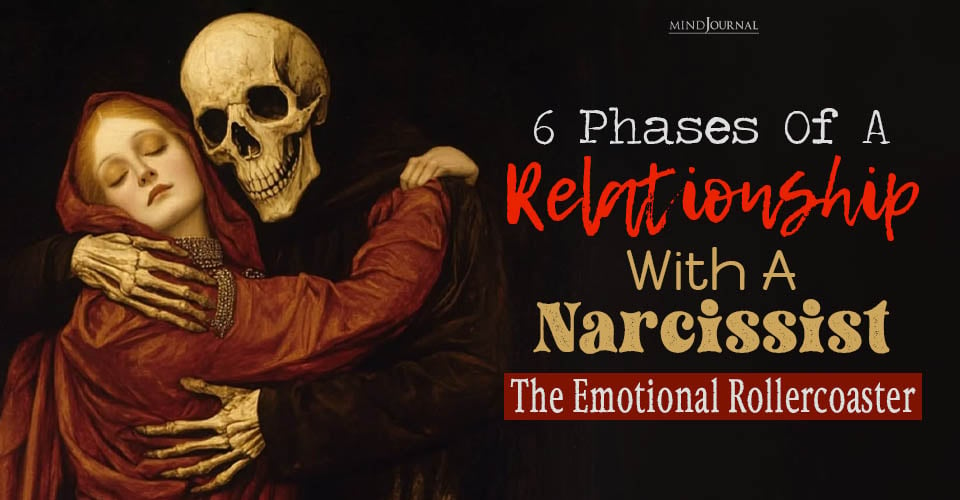
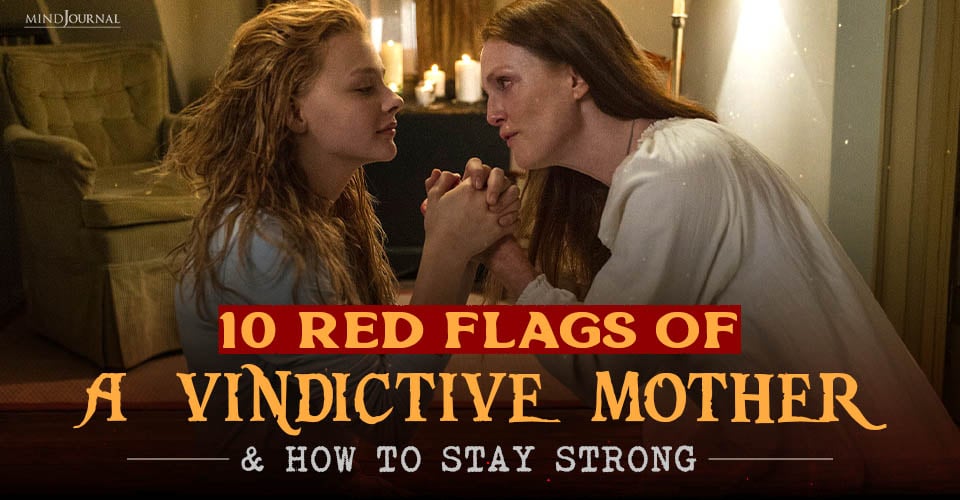
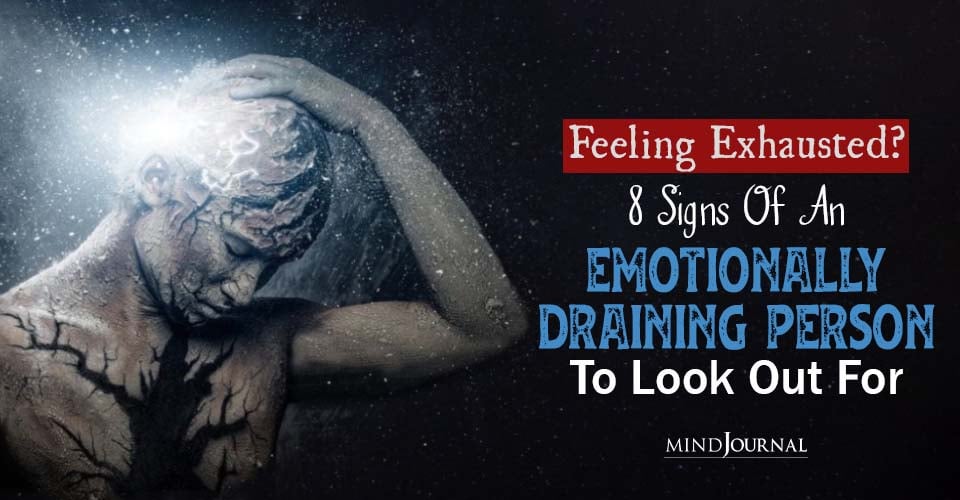
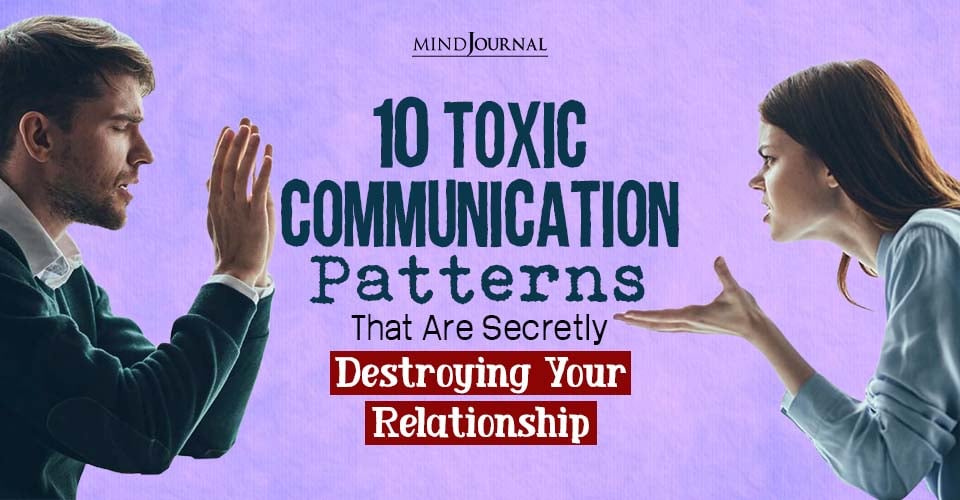
Leave a Reply